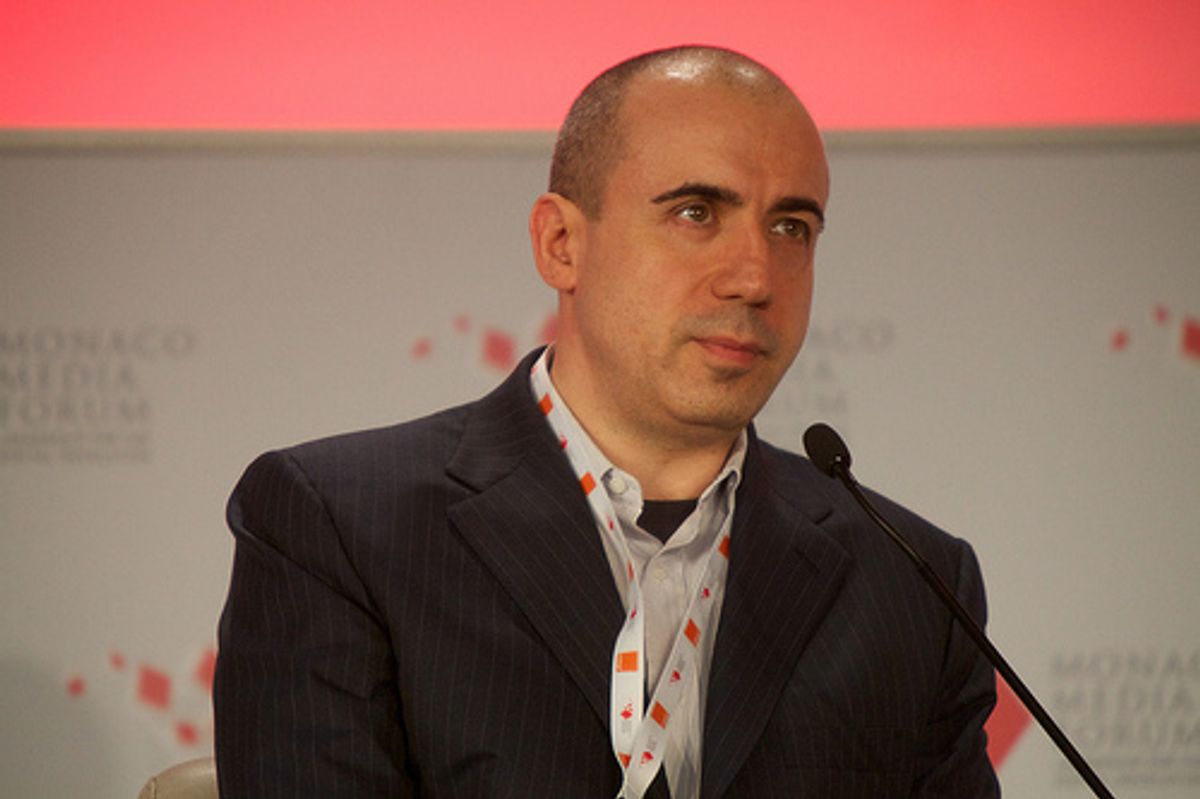They might already be famous in their fields, but nice physicists are now also going to be really wealthy. The nine have received the first-ever Fundamental Physics Prize, established by Russian tycoon and billionaire Yuri Milner to honor those doing cutting-edge research in fundamental physics.
The award comes with a whopping $3 million for each recipient, making it the highest-paid annual prize for scientists yet. The prestigious Nobel Prize comes with an award of about $1.2 million and is usually split by two or three people. Meanwhile, the Templeton Prize, which, as per the New York Times, “honors contributions to understanding spiritual dimensions of life,” gives an individual $1.7 million.
For the inaugural year of the prize, Milner hand-picked the winners after consulting with experts in the fields. The nine winners will now pick next year’s winner, or winners.
Four of this year’s winners are at the Institute for Advanced Study in Princeton, NJ. Three of them—Juan Maldacena, Nathan Seiberg, and Edward Witten—are string theorists, while Nima Arkani-Hamed works on particle physics theories. Other winners include Alan Guth, an MIT physicist who came up with the idea of cosmic inflation, which proposes that the universe expanded rapidly right after the Big Bang, and Andrei Linde, a physicist at Stanford University, also for research on cosmic inflation.
Alexei Kitaev, a professor of physics at the California Institute of Technology, works on quantum computation. Maxim Kontsevich from the Institute of Advanced Scientific Studies near Paris was chosen for the development of "homological mirror symmetry and the study of wall-crossing phenomena". Finally, Ashoke Sen is a string theorist at the Harish-Chandra Research Institute in India.
Milner says the prize isn’t meant to compete with the Nobels, and has some striking differences. The Nobel in physics, for one, typically goes to researchers whose theories have been experimentally verified, which can take decades. The “Milner Prize” focuses on theory and could go to younger researchers with new, unverified theoretical breakthroughs, encouraging them to make more major research contributions in the future. Milner tells the New York Times:
“It is amazing how far we have been able to get and how accurate our predictions are. I think understanding how the universe was born is very important. It is hard to think of practical applications of the black hole. Because practical applications are so remote, many people assume we should not be interested. But this quest to understand the world is what defines us as human beings.”
Also, the prize poses no limits to number or recipients, while the Nobel can be awarded to a maximum of three people. A researcher can also win it more than once. Milner also announced a $100,000 prize for promising young researchers.
Milner himself is no stranger to fundamental physics. He dropped out of graduate school in 1989 at the Russian Academy of Sciences, where he was working on a PhD in the field of quantum chromodynamics, the theory of the strong nuclear force,. After earning an MBA at the Wharton School of Business at the University of Pennsylvania, he made his fortune by investing early in internet startups such as Facebook, Twitter, and Groupon.
So, what is a fundamental physicist to do with $3 million? The winners tell newspapers they’re not sure yet, but most agree on one thing: the prize is a great way to put physics in the limelight and draw more students to the field.
Photo: rsepulveda, Flickr
Prachi Patel is a freelance journalist based in Pittsburgh. She writes about energy, biotechnology, materials science, nanotechnology, and computing.



